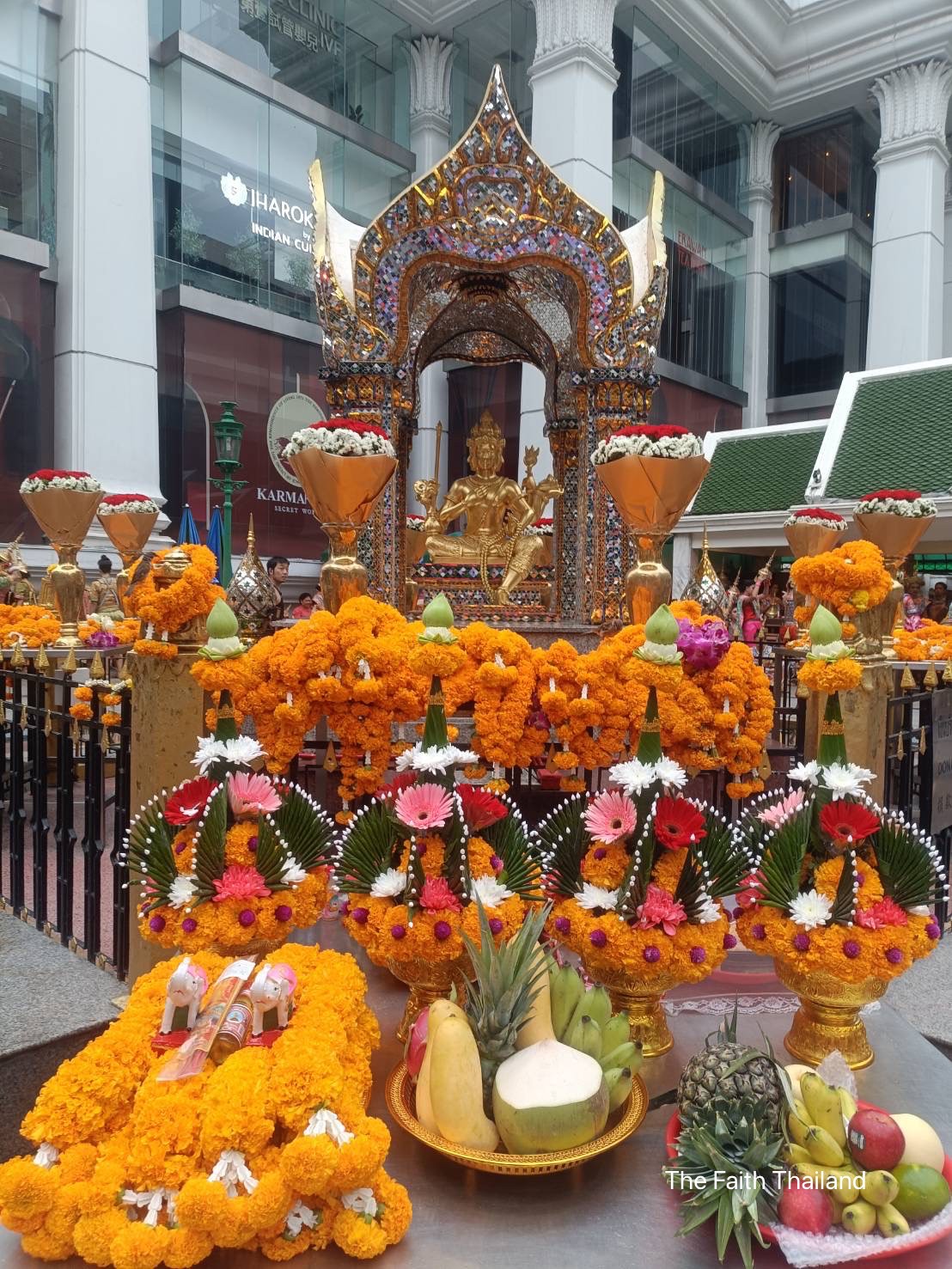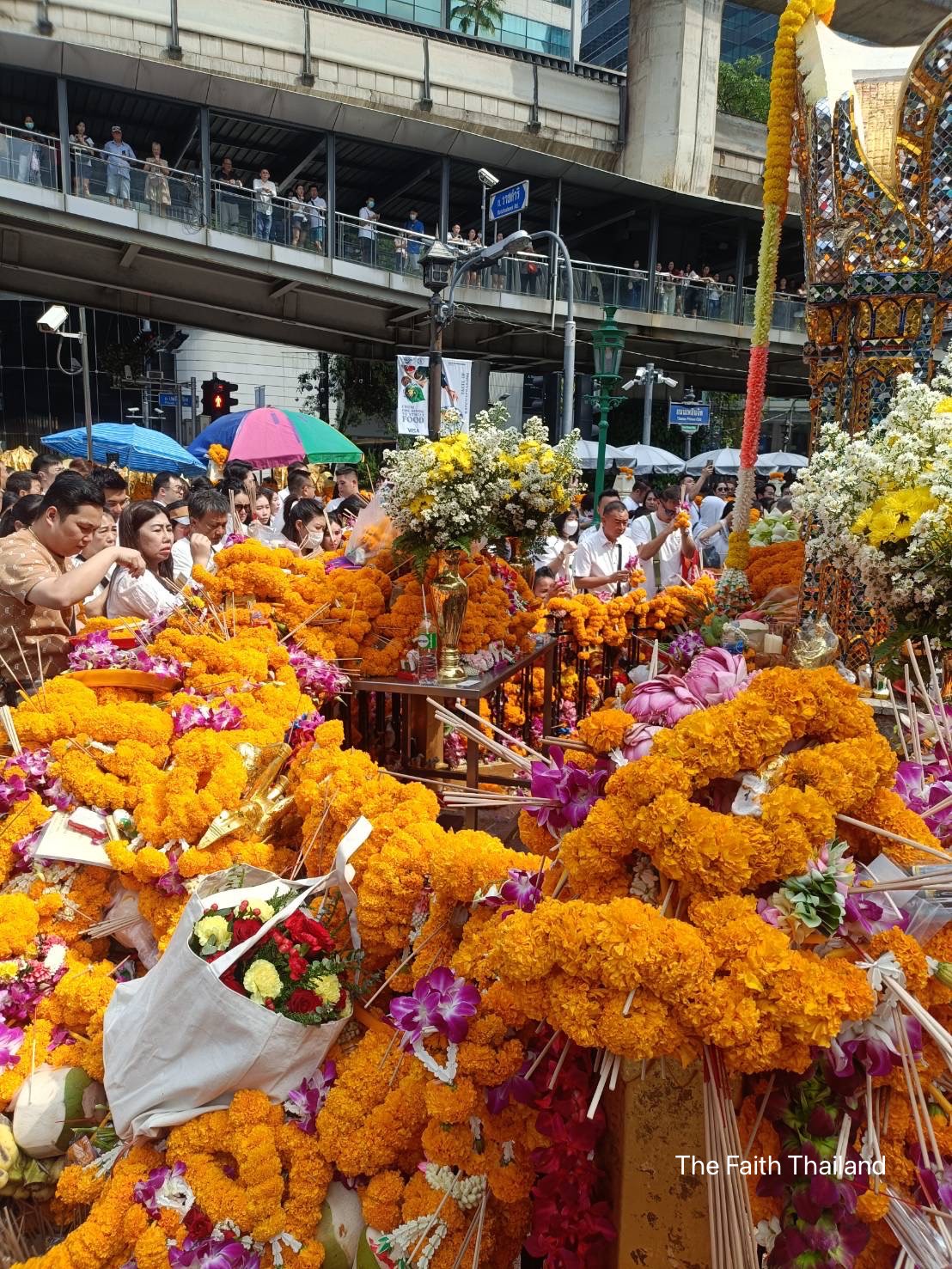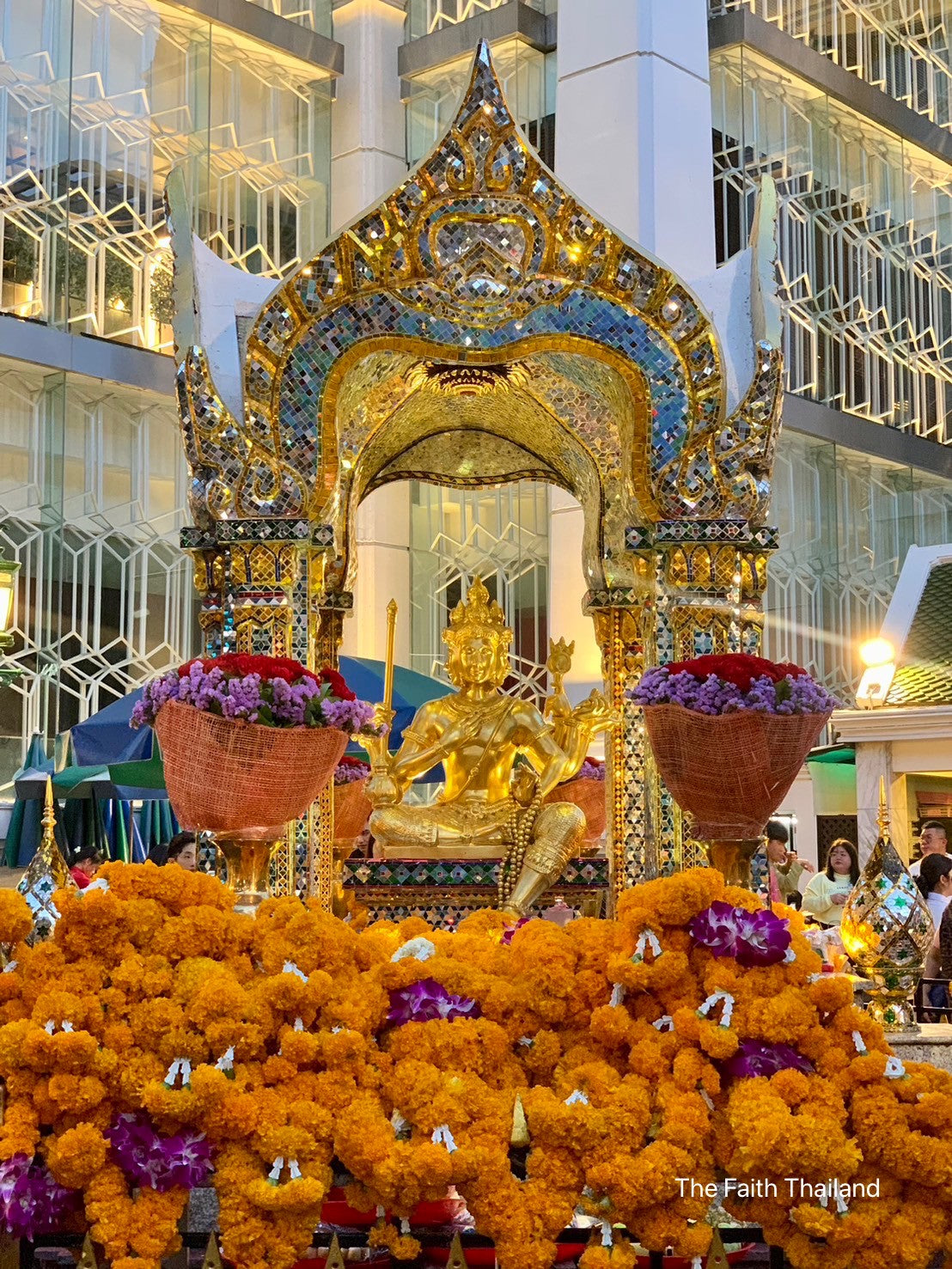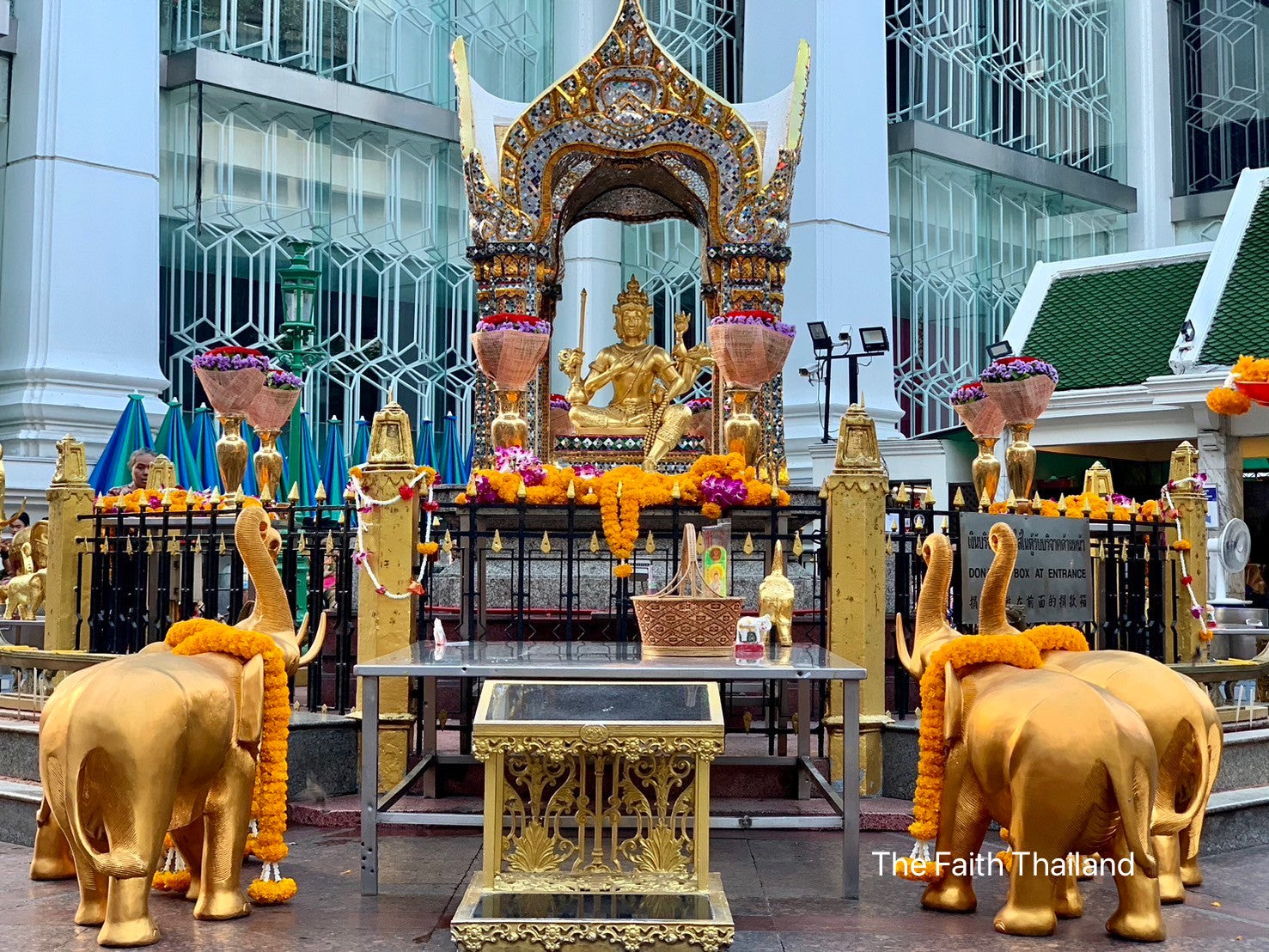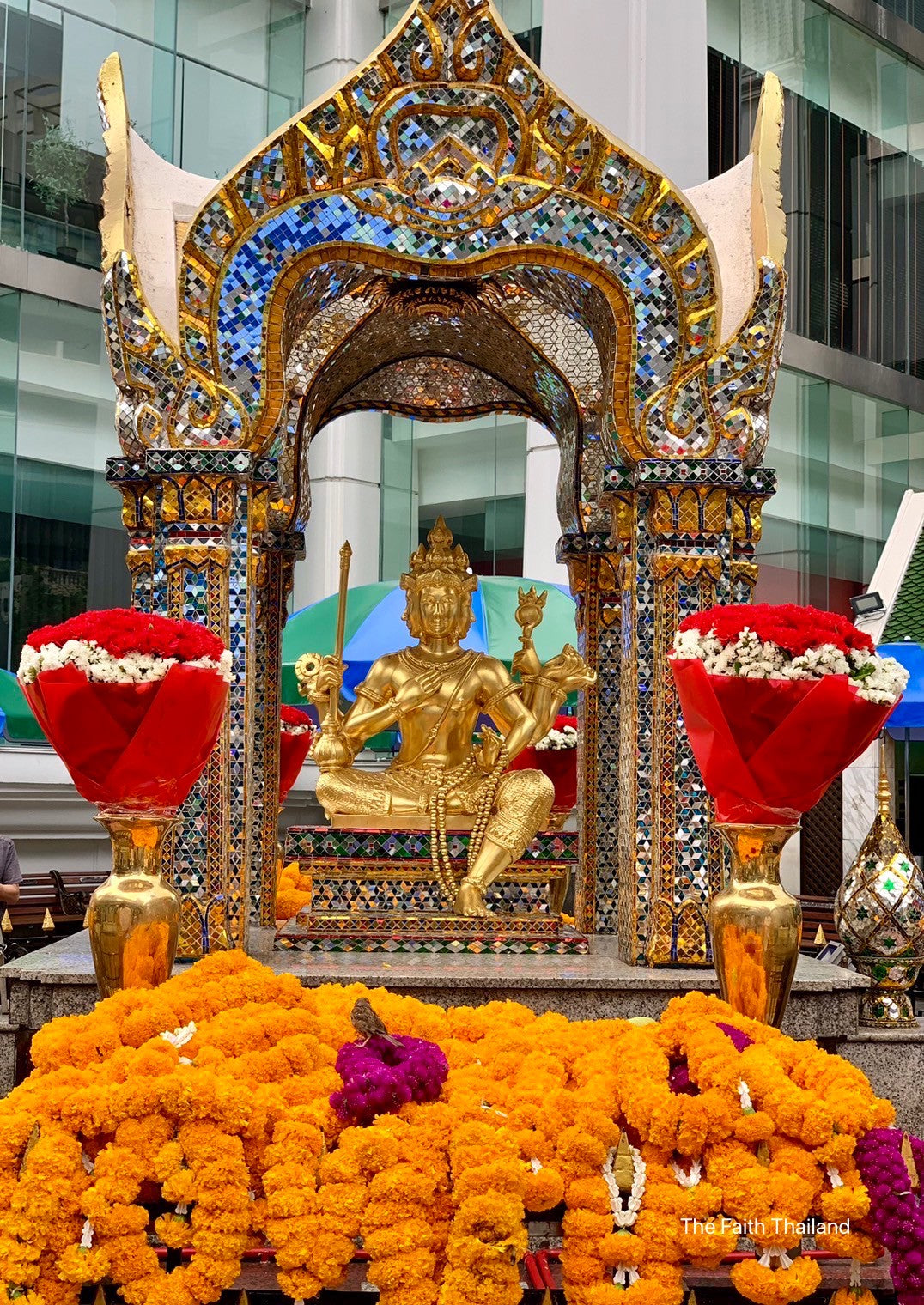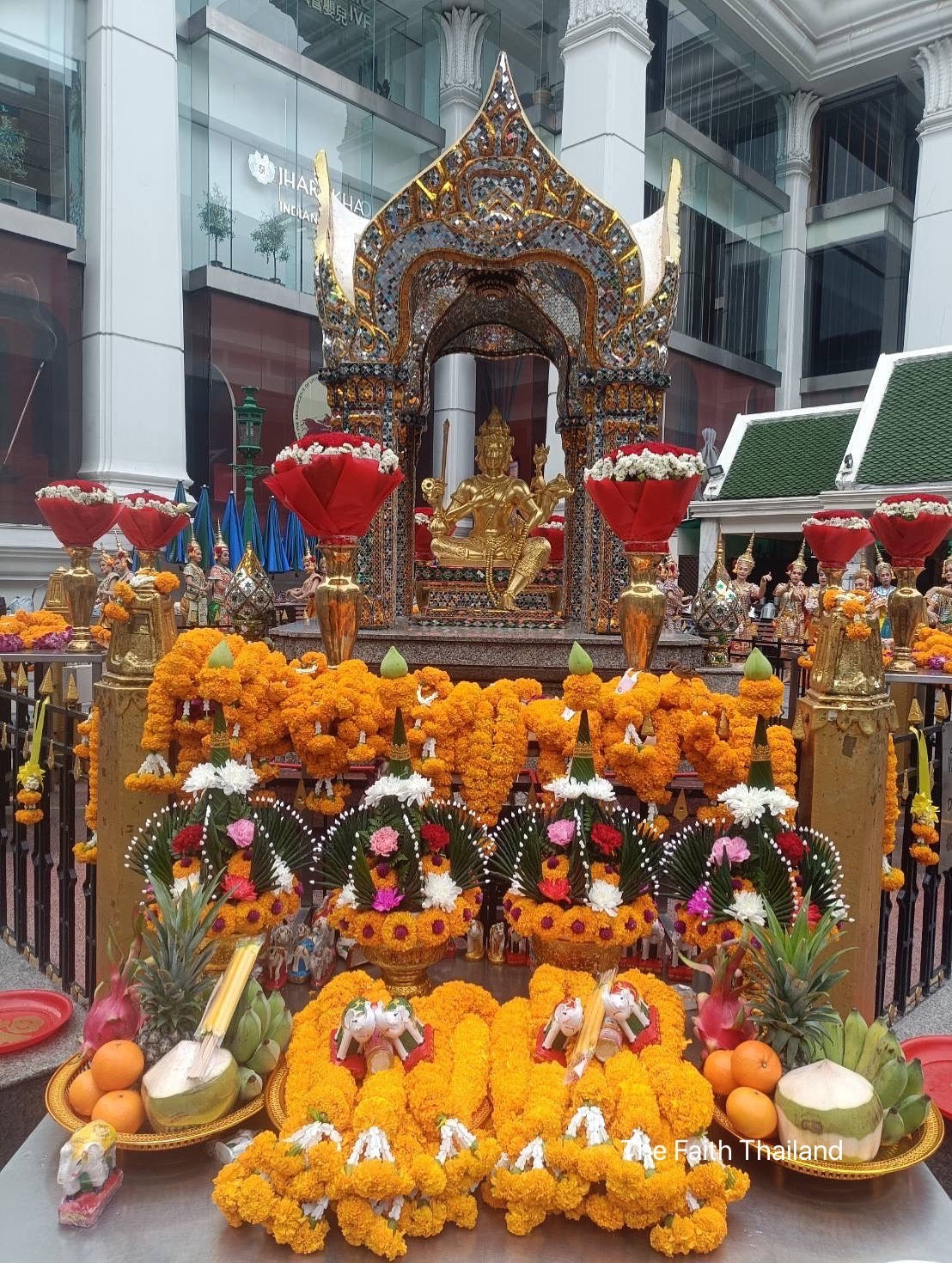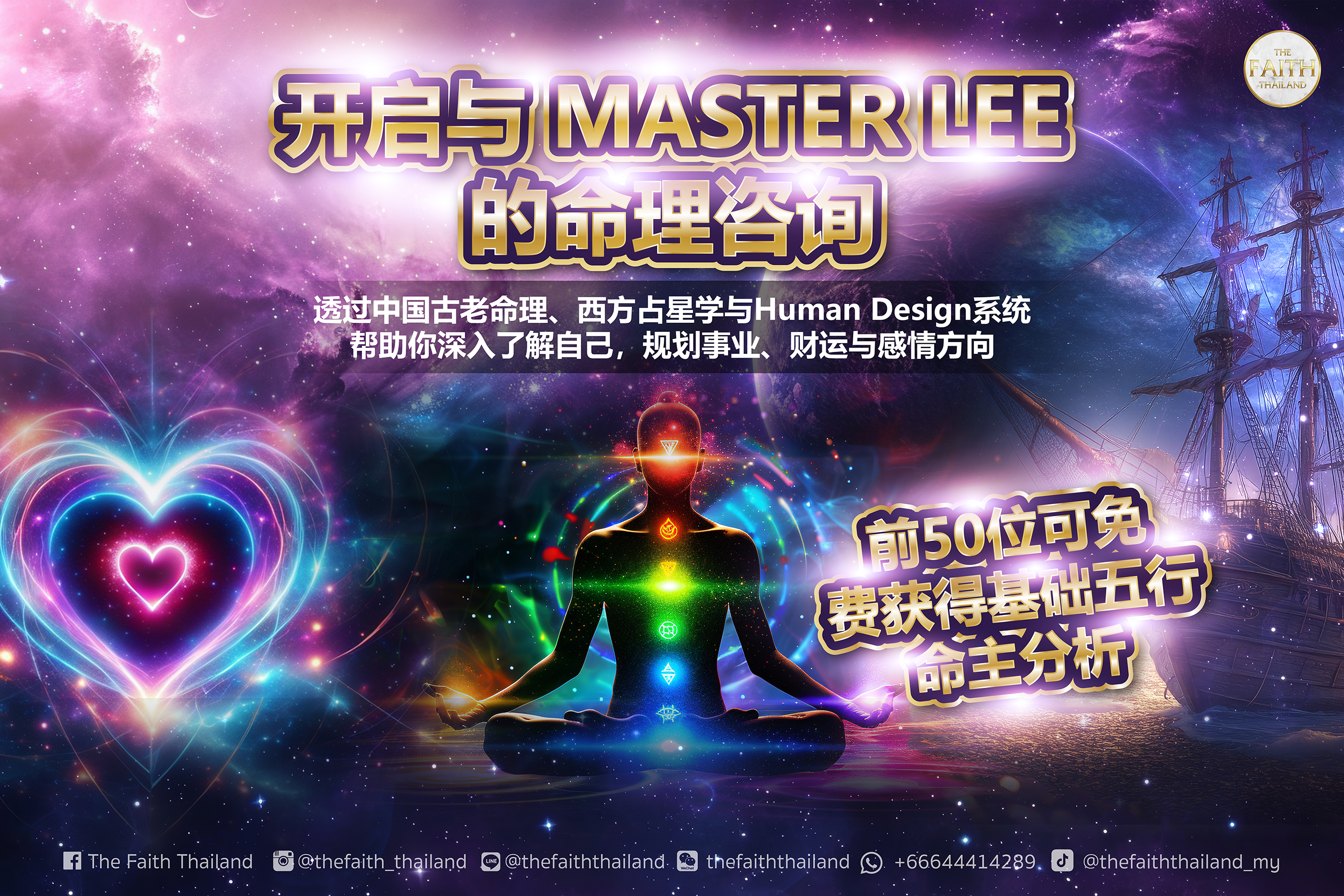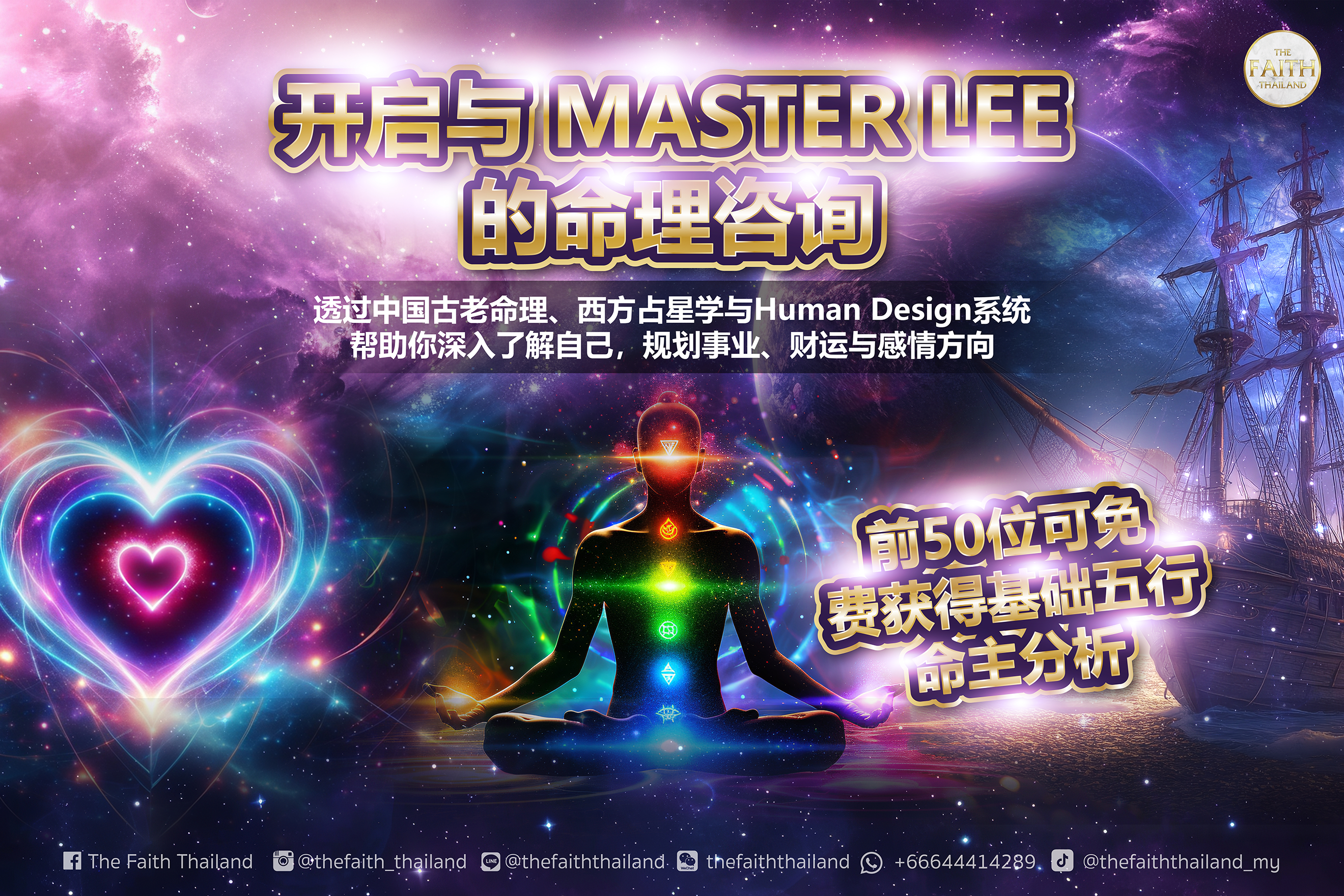Modern changes and preservation of Thai Buddhist worship culture
As a country with a deep Buddhist faith, Thailand's culture of worshipping Buddha has long been rooted in everyone's life, from daily prayers to important festival ceremonies, this culture is integrated into every detail. However, with the acceleration of modernization, the traditional Thai culture of worshipping Buddha has not only faced challenges, but also demonstrated strong adaptability. How can today's society achieve a delicate balance between modernization and traditional culture? This article will take you to explore the modern changes and preservation of Thailand's culture of worshipping Buddha.
The impact of modernization on Thailand's Buddhist culture
With the development of technology and the change of lifestyle, traditional culture is increasingly infiltrated by modern practices. For example, in the digital age, many people can pray virtually through online platforms without having to visit temples in person. This phenomenon is extremely significant, especially during difficult times such as the epidemic. For example, the digital innovation of the New Year's blessing at the Four-Faced Buddha is an example. Through online prayers and social media sharing, traditional values have also been given modern meaning. This change allows people to access spiritual sustenance while being convenient and fast, but it also inevitably weakens the deep experience of some traditional levels.
At the same time, the younger generation is gradually becoming more interested in fast-paced and diversified cultural life. For example, many young people may prefer to explore the meaning of Buddhist rituals or prayer rituals through modern means, which is also integrated into their daily rhythm. It is worth mentioning that the meditation experience in Thai temples has become an important source for many people to release physical and mental stress and find inner peace.

Preservation and inheritance of traditional culture
Despite the profound impact of modernization, Thailand's Buddhist culture has always tenaciously preserved its traditions in many ways. The core position of temple culture remains unshakable, local temples are still the center of village and community activities, and annual Buddhist festivals attract people from all over the country to participate. For many people, worshiping Buddha is not just a religious act, but also a part of life.
Thai society attaches great importance to cultural heritage, so many people are exposed to Buddhist traditions from an early age. For example, parents will teach their children to learn traditional etiquette and rituals. As we mentioned in the analysis of Thai Buddhist culture etiquette , there are a set of strict rules from dress code to the form of worship. These seemingly insignificant details actually carry respect for culture and persistence in faith.
In addition, the promotion of handicrafts and cultural souvenirs has also become an important way to preserve traditions. We recommend that you browse our product list to further experience the charm of Thai culture, from home decoration to blessing accessories, which brings together the perfect combination of traditional Thai design and modern art.
Integration and rebirth in the culture of worshipping Buddha
The development of Buddha worship culture in modern society is not monotonous, it shows a kind of integration and innovation. For example, many modern temples combine traditional architectural styles with modern elements in their designs, while providing functional areas similar to cafes and museums, allowing more young people to explore and experience. In addition, the digital transmission from prayers to rituals, this modern method not only meets the needs of the new generation, but also becomes another way to protect traditional culture.
It is worth mentioning that many cultural enthusiasts are not only deeply interested in Thailand's Buddhist worship culture, but also show a strong desire to explore the sounds of temples. For example, the sounds of Thai temples , from chanting to the prayer experience of bells, also allow people to feel the profound influence of Buddhist culture from the auditory level.
Conclusion and call to action
With its resilience and adaptability, Thailand's Buddha worship culture has found a balance in the process of modernization. From inheriting traditions to embracing new technologies, the vitality of this culture continues to bloom. As a modern traveler or cultural lover, whether you want to visit a Thai temple to experience tranquility or explore the depth of faith through emerging digital tools, the Buddha worship culture can provide you with spiritual sustenance and cultural enlightenment.
We invite you to explore more of Thai culture and incorporate these pious items into your daily life through our product range . In the meantime, why not browse blogs such as the Beginner's Guide to Praying to the Four-Faced Buddha for more interesting information and practical advice on the culture of worshiping Buddha.
Let us work together to protect this cultural tradition and allow it to continue to shine in the modern wave!
Modern Changes and Preservation in Thai Buddha Worship Culture
As a country with a profound Buddhist faith, Thailand's culture of worshiping Buddha has long been ingrained in's life. From daily blessings to important festival ceremonies, this culture permeates every detail. However, with the acceleration of modernization, traditional Thai Buddha worship culture faces challenges but also demonstrates a strong ability to adapt. How does everyone today's society strike a delicate balance between modernization and traditional culture? This article will take you through the modern changes and preservation in Thai Buddha worship culture.
Impact of Modernization on Thai Buddha Worship Culture
With the development of technology and changes in lifestyle, traditional culture is increasingly permeated by modern practices. For example, in the digital age, many people can make virtual platforms through online platforms without having to visit a temple in person. This phenomenon is particularly significant during difficult times such as a pandemic. An example is the digital innovation of Erawan Shrine's New Year blessing , where traditional values are given modern meanings through online blessings and social media sharing. experiences.
Meanwhile, the younger generation is gradually showing greater interest in a diversified and expedited cultural life. For instance, many young people may prefer to explore the meanings of Buddhist ceremonies or wish-making ceremonies through modern means, integrating this into their daily routines. Notably, the meditation experience in Thai temples has become an important source for many people to relieve stress and seek inner peace.

Preservation and Inheritance of Traditional Culture
Despite the profound impact of modernization, Thai Buddha worship culture stubbornly preserves its traditions in various ways. The core position of temple culture remains unshaken, with local temples still being the center of village and community activities, and the annual Buddhist festivals attracting people from all over the country. For many, worshiping Buddha is not just a religious act but a part of life.
Thailand's emphasis on cultural heritage allows many people to access Buddhist traditions from a young age. Parents teach their children traditional etiquettes and ceremonies, as we mentioned in the guide to Thai Buddha worship culture etiquettes , there is a whole set of strict rules from dress codes to worship forms. These seemingly insignificant details actually carry respect for culture and dedication to faith.
Moreover, the promotion of handicrafts and cultural memorabilia has become an important way to preserve tradition. We recommend browsing our product list to further experience the charm of Thai culture, from home decor to prayer accessories, which blend traditional Thai designs with modern art.
Integration and Rebirth in Buddha Worship Culture
The development of Buddha worship culture in modern society is not singular; it shows an integration and innovation. For example, many modern temples incorporate traditional architectural styles with modern elements in their design, providing areas similar to cafes and museums, attracting more young people to explore and experience. Furthermore, from wishes to ceremonial digitization, this modernization not only meets the needs of the new generation but also becomes another way to safeguard traditional culture.
It is worth mentioning that many culture enthusiasts are not only deeply interested in Thai Buddha worship culture but also exhibit a keen exploration of the sounds of temples. For example, the sounds of Thai temples from chanting to the chimes of prayer allow people to feel the profound influence of Buddhist culture on an auditory level.
Conclusion and Call to Action
Thai Buddha worship culture, with its resilience and adaptability, has found a balance in the modernization process, from passing down traditions to embracing new technologies, continuously blossoming its vitality. As a modern traveler or cultural enthusiast, whether you want to personally visit Thai temples to experience tranquility or explore the depths of faith through emerging digital tools, Buddha worship culture can provide you with spiritual support and cultural enlightenment.
We invite you to explore more of Thai culture through our product series , integrating these devout faith items into your daily life. Additionally, feel free to browse blogs such as the Erawan Shrine wish-making beginner's guide to learn more about fascinating information and practical advice on Buddha worship culture.
Let us together safeguard this cultural tradition, allowing it to continue shining brightly amidst modern waves!


